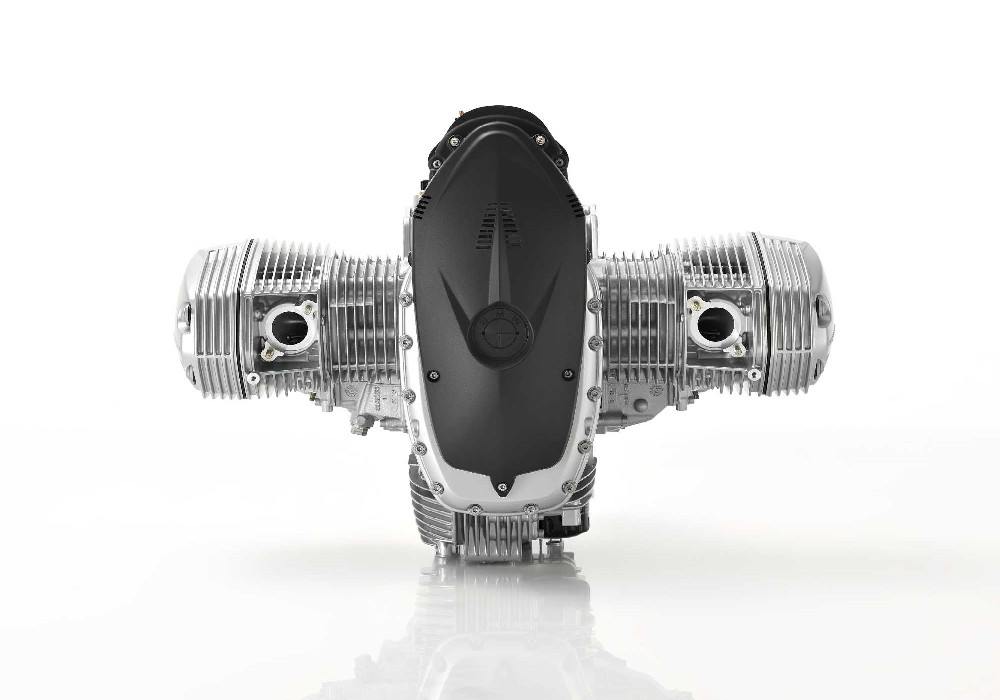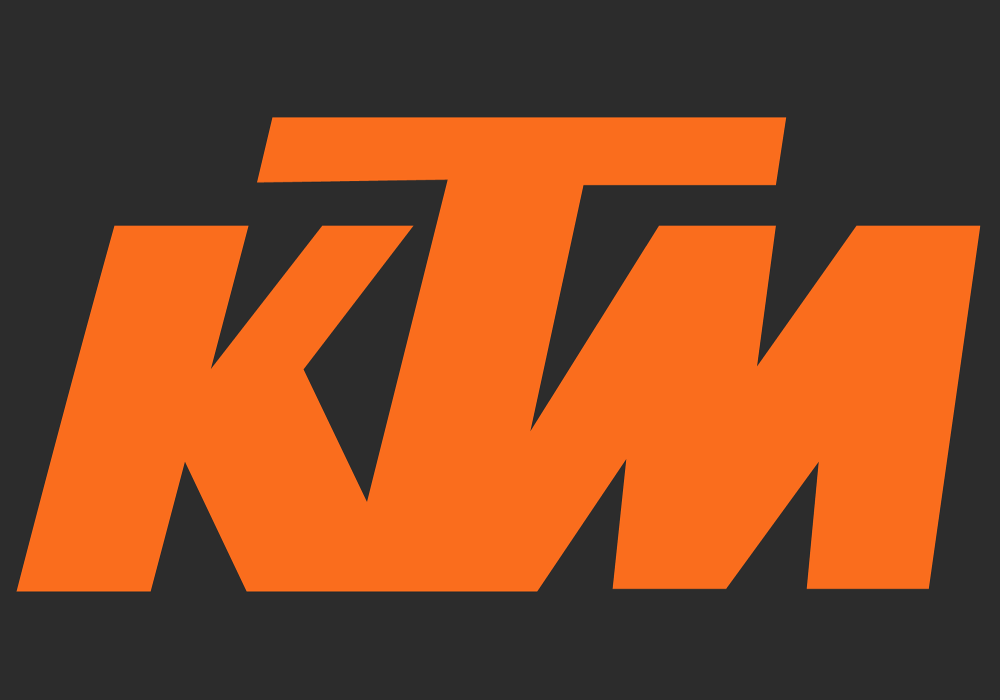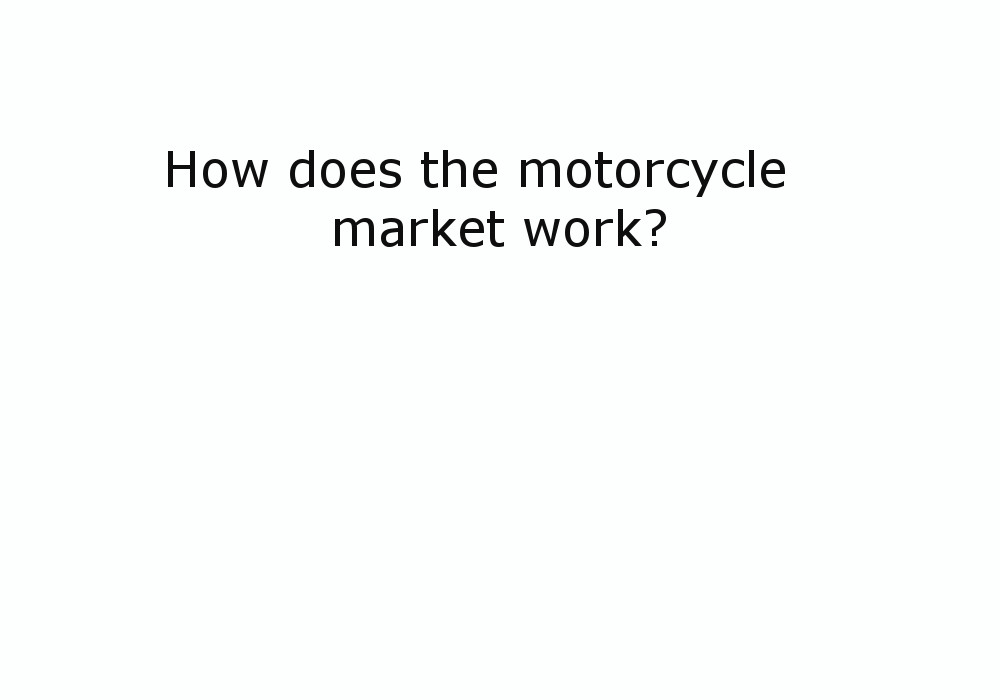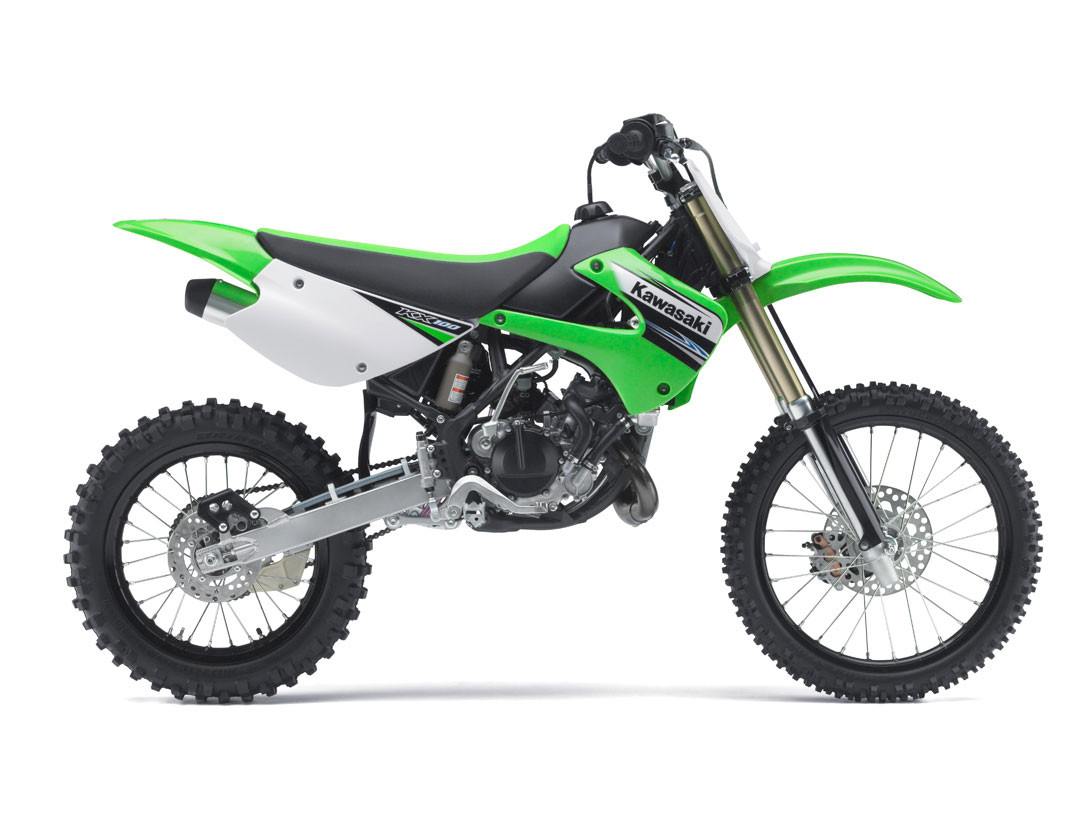What is CC?
CC denotes the displacement of the internal ignition engine. This is the volume at the lowest point of the piston, into which the fuel air mixture is drawn in, compressed, ignited, burnt during the cycles of the engine.
How to Calculate it?
| Data required: | Cylinder bore, Crankshaft stroke and No of cylinders |
| Formula: | 0.7854 x (bore x bore)x stroke x no of cylinders |
| Example: | Bore = 71 mm (7.1 cm), Stroke = 67.6 mm (6.76 cm), cylinders = 3 |
| Answer: | 0.7854 x 7.1 x 7.1 x 6.76 x 3 = 802.9cc |
Cylinder Bore
Is the size, in terms of diameter, of the cylinder in which a piston moves.
Crankshaft Stroke
Meaning the intake and exhaust are both involved into the compression movement of the piston.
The number 0.7854 in the above formula arrived by dividing the value of symbol Pi by 4. The value of Pi is 3.14159 approximately.
What is BHP (Brake Horse Power) and HP (Horse Power) ?
BHP: In technical terms BHP is the power generated in the machine without any power losses.
HP: Is a measure of how fast it can utilize the power.
What is ABS (Anti-lock brake system) in Motorcycle?
ABS helps the rider to uphold firmness during braking and to reduce the stopping distance. It provides traction even on low friction surfaces.
What is Traction Control in Motorcycle?
Don’t mislead as Traction Control and ABS are two different things. If you look at motorcycle tyres they are curved and not flat unlike car tyres and tyres are responsible to come in contact with road surface.For providing best possible grip on roads there has to be a mechanism during cornering, as you drive straight the actual portion of tyres which comes in contact with the road is very less. This wont be any issue with small capacity motorcycles but for large capacity motorcycles there are chances that the wheel goes out of grip as they emit more torque. Here is where Traction Control comes into picture. In simple words traction control reduces the wheel spin to optimum level.
Types of Motorcycle Engines
- Single: Single-cylinder engines have the cylinder vertical, inclined or horizontal.
- Example: Honda Super Cub, KTM 690 Duke R, BMW G650GS and Gilera Fuoco 500.
- Parallel-twin(Inline Twin): Two-cylinder engine which has its cylinders arranged side by side.
- Example: Norton Commando, Triumph Bonneville T100, Kawasaki Versys and Triumph Thruxton.
- Inline-three (Inline Triple): Three-cylinder engines, normally mounted transversely.
- Example: MV Agusta F3 675, Triumph Street Triple 765 S, Yamaha MT-09/FZ-09 and Benelli TNT899.
- Inline-four (Slant Four): Four-cylinder engines, normally mounted transversely.
- Example: Kawasaki Z900, Honda RC181, MV Agusta F4 series, Yamaha FZ8 and Kawasaki Ninja 1000.
- V-twin (trans): 2 cylinder engine in a transverse position arranged in V configuration with angles less than 90°.
- Example: Aprilia Shiver, Ducati 959, Harley Davidson FL, KTM 1290 Super Adventure and Pope Model L.
- V4: Four-cylinder engine arranged in a V configuration.
- Example: Aprilia RSV4, Suzuki Madura and Yamaha VMax.
- Flat-twin (aka boxer): Two cylinder engine horizontally opposed.
- Example: BMW 1200RT, Indian Model O and Williamson Flat Twin.
- L-twin: Two-cylinder engine in a transverse position arranged in a V configuration with angles of 90°.
- Example: BMW R69S, Ducati 1098, Ducati 350 Desmo and Yamaha XT500.
Related Posts
How motorcycle system achieves traction?
Know more about suspension of Motorcycle
Know more about motorcycle rims





































